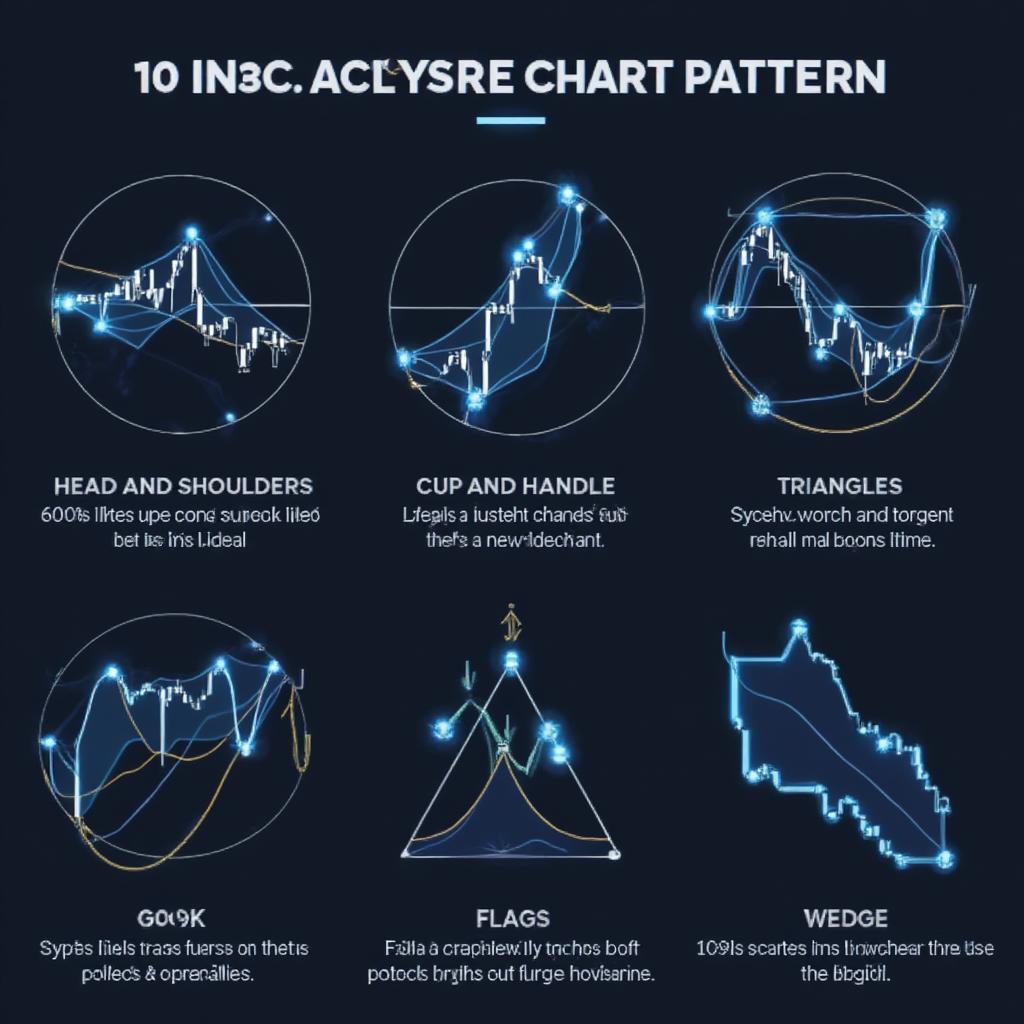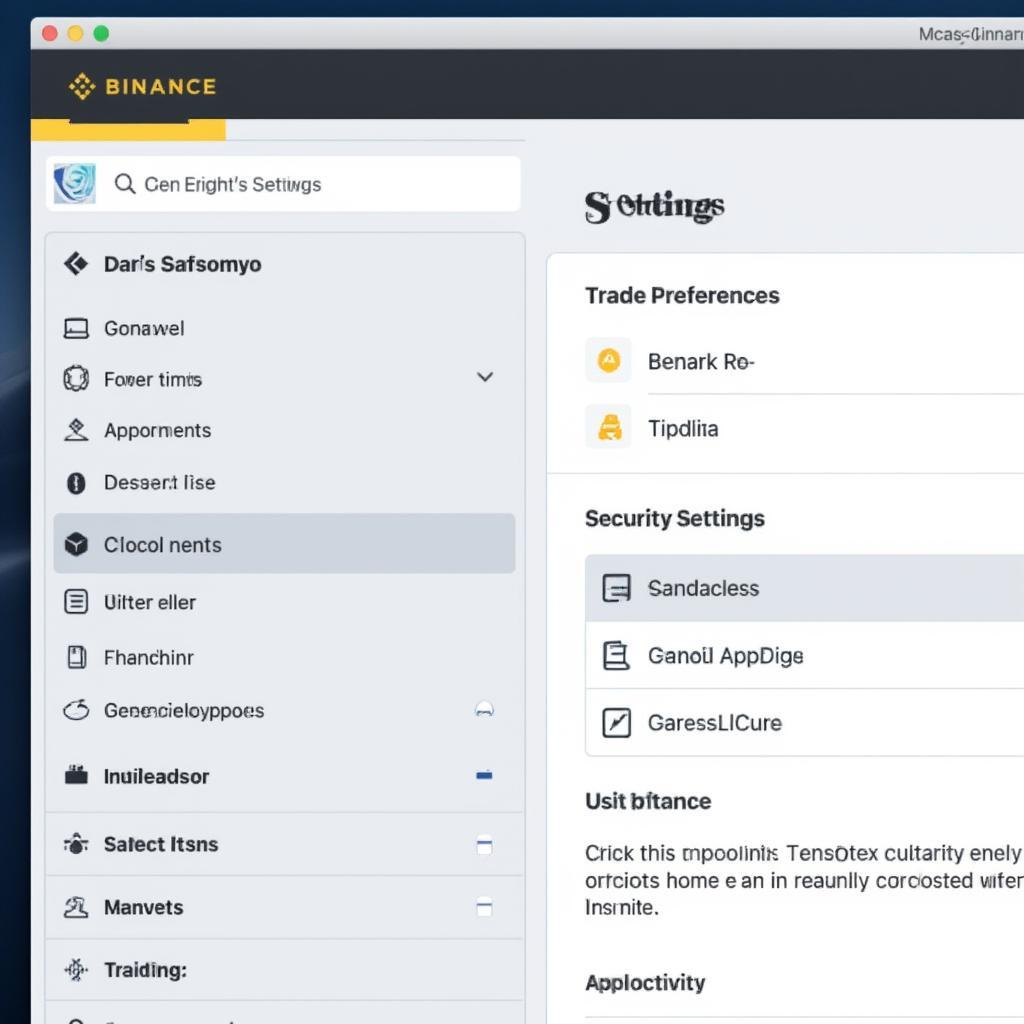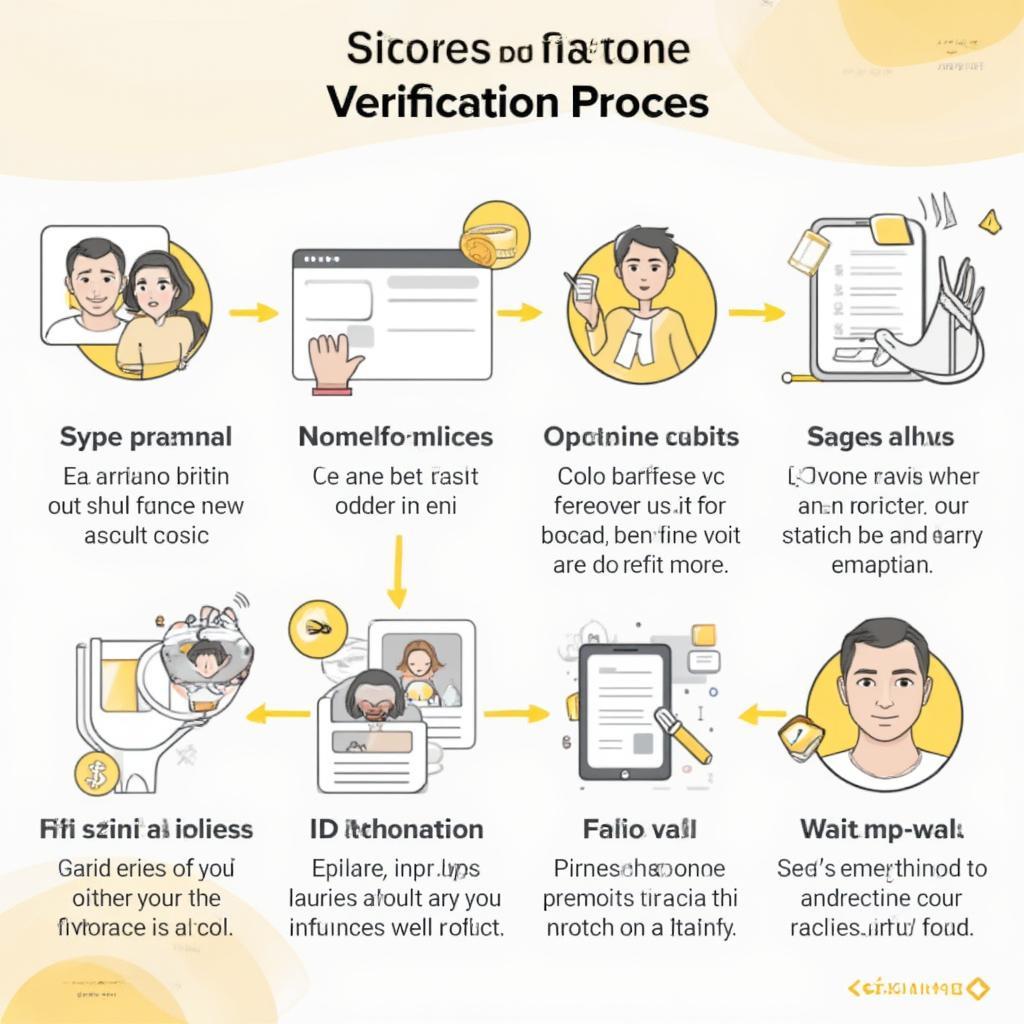Mastering Crypto Analysis: A Comprehensive Guide for Informed Investing

The world of cryptocurrency can feel like a wild frontier, full of exciting opportunities and potential pitfalls. Navigating this landscape requires more than just gut feeling; it demands a solid understanding of Crypto Analysis. This guide is designed to equip you with the knowledge and skills necessary to make informed investment decisions in the digital asset space, moving beyond speculation to strategic thinking. We’ll break down the complexities, explore different analytical methods, and provide practical advice to help you thrive in the crypto market.
What is Crypto Analysis and Why Does It Matter?
At its core, crypto analysis is the process of evaluating digital assets to determine their potential value and future price movements. This involves a combination of technical analysis, which examines historical price charts and trading patterns, and fundamental analysis, which assesses the underlying technology, team, and market dynamics of a cryptocurrency. Why is this important? Because without a systematic approach to analysis, you’re essentially gambling, not investing. Think of it like trying to build a house without a blueprint; it’s a recipe for disaster. Proper analysis, on the other hand, provides the foundation for making calculated risks and maximizing your returns in the volatile crypto world.
The Importance of Diversification and Risk Management
Before diving deeper into analytical techniques, it’s crucial to remember the importance of diversification and risk management. “Don’t put all your eggs in one basket,” as the saying goes, is particularly relevant to crypto investing. Spreading your investments across different cryptocurrencies, even those that seem very promising, reduces the impact of any single asset underperforming. Also, setting stop-loss orders and only investing what you can afford to lose are critical strategies for mitigating potential losses. Think of it like a safety net when you are trying to balance on the tight rope.
Diving Deep into Technical Analysis for Crypto
Technical analysis is the cornerstone for many crypto traders and investors. It’s a method that utilizes charts, trading volume, and statistical indicators to predict future price movements. It doesn’t focus on what a coin is, but rather on what its chart tells you. The key here is that history tends to repeat itself; similar price patterns tend to result in similar outcomes. This isn’t a crystal ball, of course, but rather a set of tools to recognize potential trends.
Key Technical Indicators You Need to Know
There is a wide array of technical indicators available, each providing a unique view into market behavior. Here are some essential ones to get you started:
- Moving Averages (MA): These smooth out price fluctuations to reveal the overall trend. A simple moving average (SMA) calculates the average price over a specific period, while an exponential moving average (EMA) gives more weight to recent prices.
- Relative Strength Index (RSI): This oscillator measures the momentum of price changes and indicates whether an asset is overbought or oversold. An RSI above 70 suggests an overbought condition, while an RSI below 30 suggests an oversold condition.
- Moving Average Convergence Divergence (MACD): This trend-following momentum indicator shows the relationship between two moving averages of a security’s price. It’s often used to identify potential buy and sell signals.
- Fibonacci Retracement: This tool helps identify potential support and resistance levels based on the Fibonacci sequence. It’s often used to anticipate possible reversals in price trends.
How to Read Crypto Charts Effectively
Reading a crypto chart is like learning a new language. You need to understand the different parts of a chart, such as candlesticks, volume bars, and trendlines, to gain insights into the market’s psychology. Candlesticks, for example, reveal the opening price, closing price, high, and low price for a particular time period. Green candlesticks show that the closing price was higher than the opening price, indicating buying pressure. Red candlesticks show the opposite. Trendlines connect a series of higher highs or lower lows to indicate the overall direction of price. Volume bars reveal the activity in a particular period, high volume on a breakout can indicate a strong signal. By mastering chart reading, you can anticipate market movements more effectively.

Unveiling Fundamental Analysis in the Crypto World
While technical analysis is about the “when,” fundamental analysis focuses on the “why.” It looks at the core characteristics of a cryptocurrency, exploring its purpose, technology, team, and community to ascertain its intrinsic value. This type of crypto analysis is less about short-term price fluctuations and more about long-term potential.
Essential Factors in Fundamental Crypto Analysis
Fundamental analysis in the crypto realm involves evaluating several key aspects:
- White Paper Analysis: The white paper is the foundation document for any cryptocurrency. Reading it carefully to understand the project’s goals, technology, and tokenomics is critical.
- Team and Advisors: A strong and experienced team is essential for a project’s long-term success. Look into the background and expertise of the founders, developers, and advisors.
- Use Case and Adoption: How is the cryptocurrency used? Is it solving a real problem? How likely is it to achieve mainstream adoption? A strong use case and growing adoption are signs of a promising project.
- Tokenomics: Understanding how the token is distributed, its total supply, and how it will be used in the ecosystem is crucial for assessing its long-term viability.
- Community Support: A vibrant and active community often indicates genuine interest and belief in a project. Look at social media channels, forums, and developer activity.
Understanding the Role of Blockchain Technology
At the heart of most cryptocurrencies is blockchain technology. Understanding its basics and the specific features of the blockchain that a crypto uses is essential to understanding the project’s value proposition. Is it secure? Is it scalable? Does it have any novel technological features? These are the kind of questions that your analysis should try to answer. For example, exploring the functionalities of [binance smart chain mainnet metamask] can be a good starting point when looking at the ecosystem of tokens built on top of it, providing valuable insights into the specific blockchain on which a token operates.
“The beauty of fundamental analysis is that it gives you a sense of conviction,” says Dr. Eleanor Vance, a renowned financial analyst specializing in emerging technologies. “It’s not just about numbers; it’s about the vision and potential of the project.”
Combining Technical and Fundamental Analysis
The best approach to crypto analysis often involves a combination of both technical and fundamental analysis. These two approaches are not mutually exclusive; rather, they complement each other. Fundamental analysis provides the “why” and guides your longer-term investment choices, while technical analysis can help you determine the optimal “when” for entry and exit points. Think of it as using a map for the general location with a GPS tracker for precise navigation to your destination.
Practical Steps to Start Your Crypto Analysis
Here’s a step-by-step approach to start implementing your own crypto analysis:
- Identify Your Goal: Are you a short-term trader, or a long-term investor? This will determine which analytical approach is more crucial for you.
- Start with a Coin: Pick a cryptocurrency that interests you.
- Fundamental Deep Dive: Read the white paper and understand the team, use case, and tokenomics.
- Technical Analysis Application: Find the chart of the selected coin, apply the indicators you have learned, identify trendlines, and support and resistance levels.
- Combine the Insights: Merge insights from both approaches, are your findings in line with the current situation of the market?
- Risk Management: Always ensure you have appropriate risk management measures in place, including stop-loss orders and proper allocation.
Staying Ahead of the Game: Market Sentiment and News Analysis
Even with strong analytical skills, ignoring market sentiment and news would be a mistake. This sentiment drives market movements and can drastically affect price action. News, both positive and negative, has a significant impact on the crypto market, sometimes within hours. Stay informed by keeping track of reputable news sources, market analysis sites, and social media communities. However, be cautious of hype and false information, which are rampant in the crypto space. Consider subscribing to reputable news sources, joining communities, and participating in discussions with other traders and investors to keep a finger on the pulse of the market. You can also explore how information is managed on platforms and applications such as [api binance app] for timely updates.
How To Filter Out The Noise
The digital sphere is full of information and you might find yourself overwhelmed by the sheer volume of sources. In such cases, you will need to filter information efficiently. This means seeking out verified information from reliable sources and being mindful of potentially manipulative or misleading information.
- Cross-Reference Sources: Always verify information by checking multiple sources.
- Be Wary of “Pump and Dump” Schemes: Be suspicious of coins that are being heavily promoted by unknown groups on social media.
- Trust Your Gut: If something feels too good to be true, it probably is.
- Develop a Healthy Sense of Skepticism: Always be critical of what you read, and do your own due diligence.

The Importance of Continuous Learning
The crypto landscape is constantly evolving, with new technologies, coins, and regulations emerging all the time. The more you learn about the market, the better you will be able to navigate it. You will always need to be ahead of the curve in your understanding.
Resources to Enhance Your Crypto Analysis Skills
To enhance your skills in crypto analysis, consider:
- Online Courses: Numerous platforms offer courses on technical and fundamental analysis.
- Books: Many excellent books delve into the intricacies of crypto investing and analysis.
- Trading Platforms: Explore different trading platforms to familiarize yourself with their charting tools.
- Communities: Join online communities and forums to share ideas, learn from others, and stay updated.
- Practice: The best way to improve your analysis is by practicing consistently with real trades, no matter how small, making use of platforms that offer paper trading functionalities.
“Never stop learning,” recommends Jason Sterling, an experienced crypto trader and mentor. “The market is constantly changing, and your knowledge must keep pace if you want to stay profitable.”
Understanding the significance of chain IDs, like the one used for [chain id binance smart chain], for the proper functioning of wallets and dApps, is also crucial. This demonstrates a technical literacy that enhances your overall investment perspective.
Conclusion: Empowering Your Crypto Investment Journey
Crypto analysis is a multifaceted skill that requires both understanding of theoretical frameworks and hands-on practice. This article provides the knowledge and guidance that will serve as the foundation for building your crypto analysis skills, leading to greater confidence in your decision making process, and will give you more clarity in the turbulent waters of the crypto market. By continuously learning and staying adaptable, you will increase your chances of success in the long term in the thrilling world of cryptocurrency. So, embrace the journey, stay informed, and make strategic, well-informed investments.
Frequently Asked Questions about Crypto Analysis
- What is the difference between technical analysis and fundamental analysis in crypto? Technical analysis focuses on historical price charts and trading patterns, while fundamental analysis examines the underlying technology, team, and market dynamics of a cryptocurrency. Technical analysis looks for short term patterns, while fundamental analysis looks at longer term value propositions.
- Is it possible to predict crypto prices with complete accuracy? No, the crypto market is highly volatile and influenced by numerous factors, making complete price prediction impossible. However, analysis helps improve your chances of making profitable trades.
- What are the most important technical indicators for crypto trading? Key indicators include moving averages, RSI, MACD, and Fibonacci retracement, but the most important indicator will depend on your unique strategy and experience level.
- How do I evaluate the fundamental strength of a cryptocurrency? Start by examining the white paper, team, use case, tokenomics, and community support. These factors reveal the long term potential of a project.
- Is it better to use only technical analysis or fundamental analysis? Combining both approaches is ideal. Fundamental analysis provides the “why” and guides your longer-term investment choices, while technical analysis can help you determine the optimal “when” for entry and exit points.
- Can market sentiment be analyzed, and how does that work in practice? Yes, market sentiment can be analyzed by examining social media, news outlets, and trader forums for bullish or bearish opinions. While this is not a perfect science, it can be an effective indicator.
- What are the biggest mistakes to avoid when doing crypto analysis? Avoid emotional trading, relying on only one source of information, and investing without a proper risk management strategy. Always diversify your holdings.
- How often should I re-evaluate my crypto holdings? The frequency depends on your investment strategy. For short-term trading, daily checks might be required, while for long-term investing, checking weekly or monthly may suffice. The most important thing is to be consistent and mindful of the market.
- What should I do if my analysis results in a mix of positive and negative signals? In such cases, consider waiting for more data, adjusting your risk tolerance, and seeking the opinion of other trusted sources within the community. Sometimes, the best course of action is to not take any action at all.




